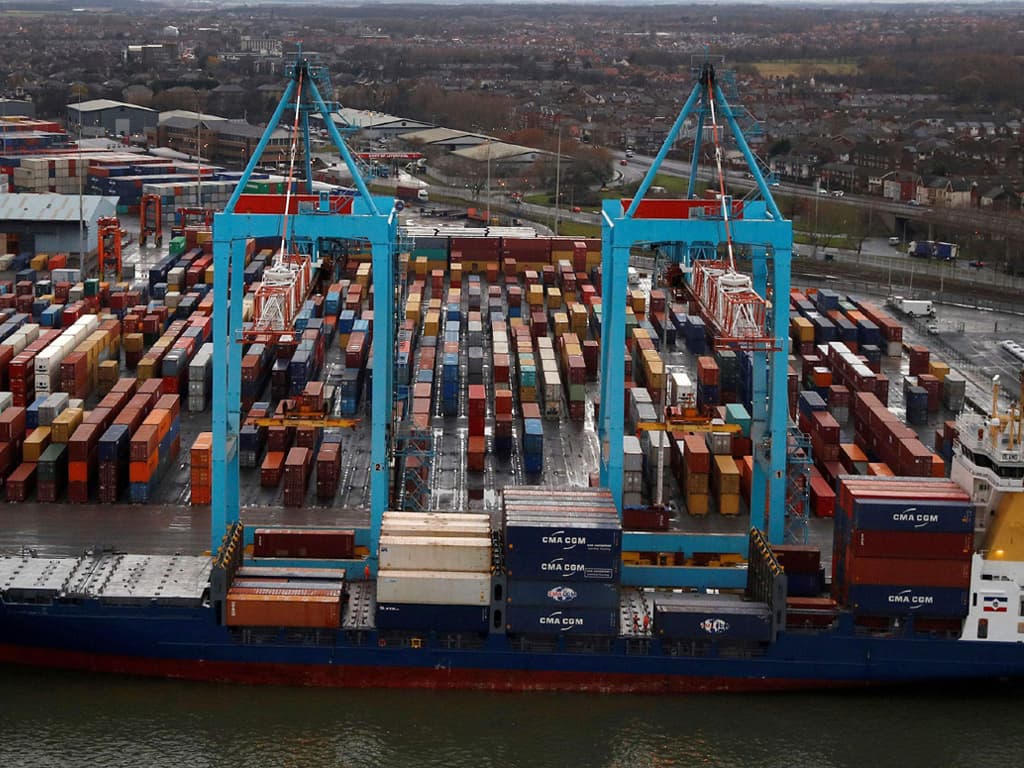LAHORE: Pakistan has liberalized trade comparatively faster than India and Bangladesh since 2000 in terms of average Most Favoured Nation (MFN) rate as the proxy variable for liberalization.
In the year 2000, the average MFN rates for Pakistan, India, and Bangladesh were respectively 25.16, 35.56, and 21.64 which in the year 2018 respectively stand at 12.1, 17.1, and 14. Implication simply is that Pakistan has liberalized more compared to India and Bangladesh in the last two decades.
The MFN rates of other regional countries like China, Sri Lanka, Indonesia, and Malaysia were much low compared to Pakistan in 2000. Their MFN rates are lower to 9.8, 9.3, 8.1, and 5.6 respectively compared to Pakistan, India, and Bangladesh in 2018 as well, said a recent study of Pakistan Institute of Development Economics (PIDE).
Despite following a policy of protectionism, Pakistan fares well in terms of tariff rates in the regional scenario especially compared to India and Bangladesh, it added.
Similarly, in terms of average MFN rates with respect to product groups in the region, Pakistan seems better than India and Bangladesh, as the textile sector enjoys more protection in India and Bangladesh compared to Pakistan.
Similarly MFN rate for machinery upon which entire edifice of industrial development is built is lower in Pakistan compared to Bangladesh and India.
According to the report, Pakistan has provided protection through the tariff, devised several schemes of exemption of duty and taxes for export promotion and its average MFN rates are lower at least compared to two regional comparators. But still, its exports are stagnated, industrial growth is slow and competitiveness is eroding in the international market.
Copyright Business Recorder, 2020


























Comments
Comments are closed.